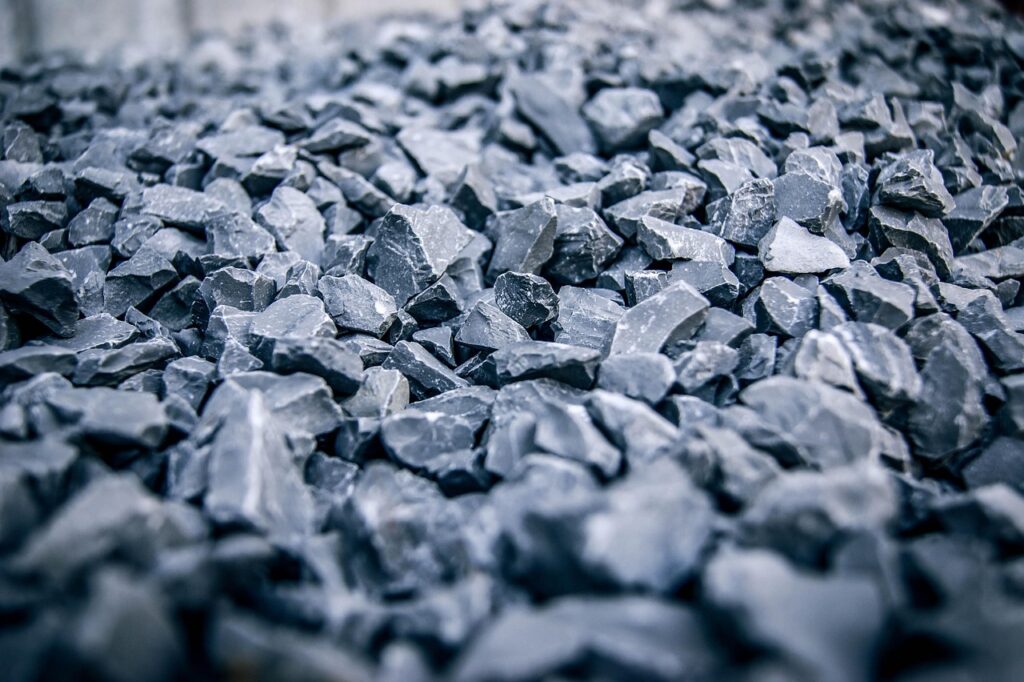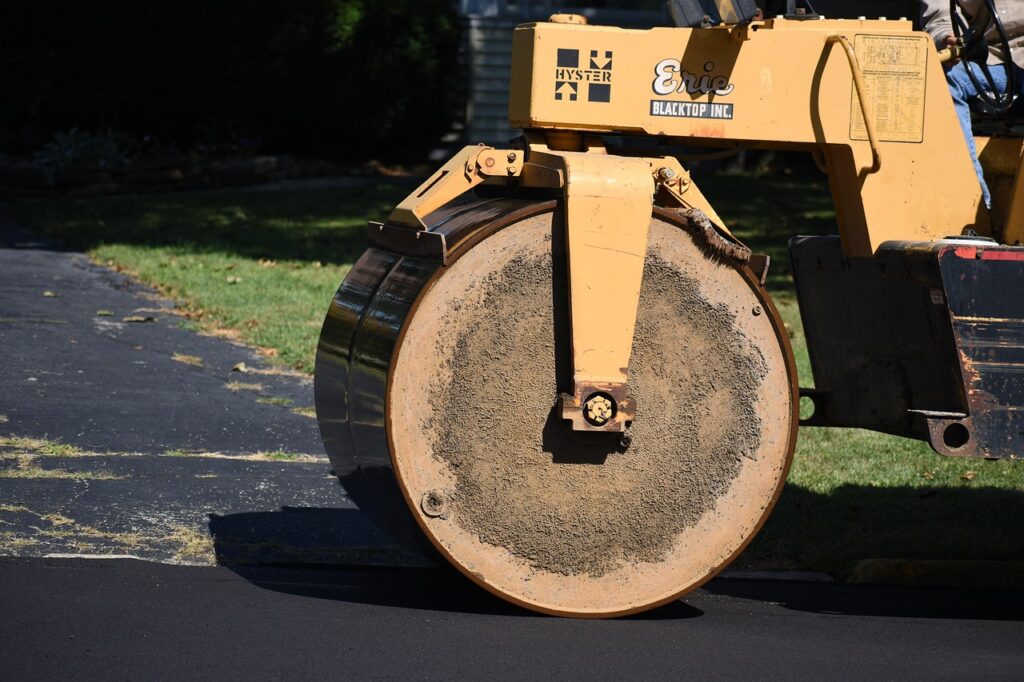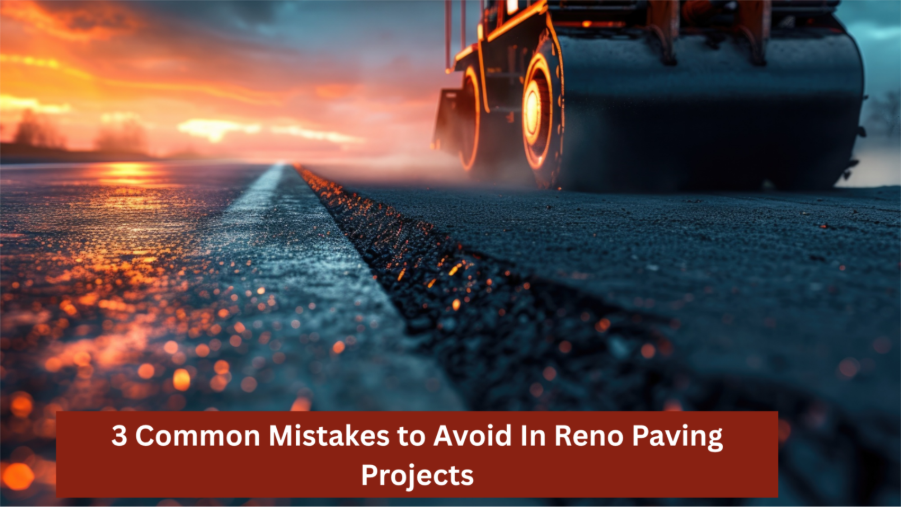Asphalt is one of the most durable paving materials.
With professional installation and robust care, asphalt pavements can last up to 15 – 25 years. The actual duration will also depend on factors like material quality, traffic load, and the local climate.
Because asphalt paving comes with considerable cost, it’s best to get it right from the get-go. That requires knowing the common mistakes many rookie pavers make and how to avoid them.
This post highlights three such mistakes, with a focus on Reno, Nevada.
1. Ignoring the Climate
As mentioned, asphalt’s durability depends on the local climate. A professional Reno paving company must factor in the prevailing weather conditions in your property’s location before embarking on any asphalt installation project.
Note that Reno has a cold semi-arid climate.
However, the city experiences all four distinct seasons. That means the summers can get excruciatingly hot and the winters frigidly cold.
So, how might these extremes impact your asphalt pavement’s durability?
High heat can degrade asphalt’s composition and weaken the surface over time. The gradual softening of the pavement will eventually lead to rutting or cracking, especially if the surface also handles heavy traffic loads.
Besides, extreme heat can accelerate the oxidation of asphalt materials. Again, this could lead to brittleness and diminish the pavement’s durability.
During Reno’s cold winter, your asphalt pavement may contract. Prolonged freeze-thaw cycles might also cause water to seep into tiny cracks on asphalt surfaces, widening the cracks over time.
The net effect? Unmitigated structural degradation.
One way to brave Reno’s extremes is by investing in high-quality asphalt materials.
More importantly, choose a paving company with a history of excellence. Shoddy workmanship can accelerate weather-related asphalt damage, leading to costly repairs.
Be sure to also inspect your asphalt pavement regularly for signs of wear. Get those tiny cracks sealed before they expand into massive potholes.
Especially watch out for drainage issues, such as water pooling on your asphalt pavement after a rainy spell. That’s clear evidence of severe foundational issues.
The longer you wait, the worse the problem gets.
2. Neglecting To Use Proper Materials
Asphalt is the most popular paving material in the United States, accounting for approximately 94% of all paved roads.
Common reasons behind asphalt’s popularity include its relative affordability, ease of installation, and high durability.
However, these benefits depend on the specific type of asphalt pavement you choose.
Hot Mix Asphalt (HMA) is the most common asphalt type for commercial and residential use.
HMA features a mixture of aggregate and liquid asphalt binder. It’s the most preferable option for high-traffic roads, lending credence to its strength and durability.
With proper installation, HMA can easily last 25 years. The asphalt is also remarkably low-maintenance and weather-resistant. Its darker color melts snow faster, enabling it to brave repeated freeze-thaw cycles during Reno’s chilly winters.
Hot mix asphalt is safe too. Its textured surface prevents skidding during wet conditions.
Besides HMA, you may also pick from Warm Mix Asphalt (WMA) or Cold Mix Asphalt (CMA).
Warm mix asphalt is manufactured and laid at considerably lower temperatures than HMA. Due to those properties, WMA is more eco-friendly and suitable for cooler weather conditions.
Cold mix asphalt is manufactured without heating the aggregate, allowing it to remain soft even during frigid weather. It’s ideal for sealing cracks and potholes ahead of winter.

3. Inadequate Surface Preparation
Proper surface preparation can enhance your asphalt’s durability significantly. Get it wrong, and you’ll have to contend with frequent and costly repairs.
Before hiring a Reno asphalt paving company, inquire about their work methodology. Pay keen attention to how the company articulates surface preparation.
Ideally, asphalt installation begins by inspecting the location for any drainage channels.
All municipal water and sewerage lines must be properly located and tagged. Damaging these utilities can be costly.
Next, the paving contractor will carefully excavate the area to the required depth.
8 – 10 inches is the average depth for most asphalt pavements. However, your contractor may recommend going deeper depending on the soil type and expected traffic load.
After excavation, the paver will remove debris from the area and slope the surface for proper drainage. They then use a plate compactor to compact the subgrade for maximum stability.
Next, the asphalt paving contractor will lay sub-base aggregate to the compacted subgrade. They then proof-roll the sub-base to bind it with the layer underneath and reinforce its strength.
Your contractor will then lay a binder and apply the surface course.
The wear course is the top, outermost layer. It’s the component in direct contact with the elements, protecting underlying layers from weather damage.
A final roll winds up the asphalt layering process, creating a smooth and durable layer.

Wrap Up
Avoiding these mistakes can ensure your asphalt pavement lasts for years, improving your property’s aesthetic appeal. Remember to always work with a professional asphalt paver.
Choose a paving company that’s licensed with the Nevada Constructors Board.
A general engineering contractor license (Class A or Class B) should be a bare minimum. Depending on the project, the company may also need a Class C specialty contract.
Besides having relevant licenses, a Reno paving contractor should be duly insured. Insurance protects you from liability if personal injuries or property damage occur during the paving work.
Don’t forget to read online reviews and testimonials for an in-depth understanding of a paving contractor’s expertise.
Other key considerations include workmanship warranty, projected turnaround time, and paving cost.

